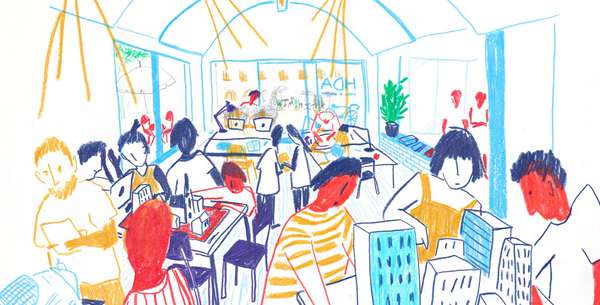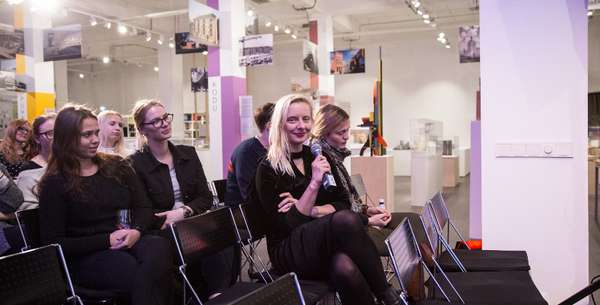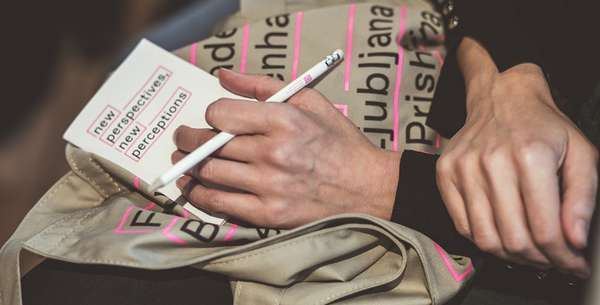Idea by
Guillaume de Morsier, Valentin Kunik, Ibai Rigby
Call for ideas 2018
Parallel Sprawl
Parallel Sprawl
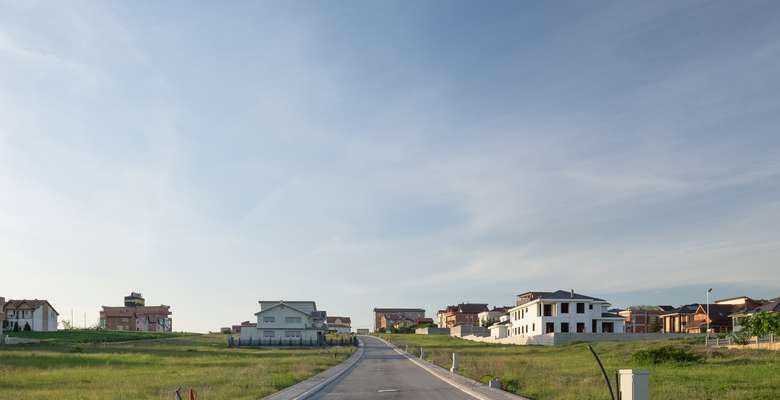
With city centres all over the world succumbing to land grabbing through tourism and global capital, more and more pressure will be exerted on their surrounding territories in the form of urban sprawl. While too often neglected, when not derided by the architecture discipline, this middle landscape is the arena where the struggle for the future of human habitation will be fought.
By looking into two diametrically opposite case studies in the European continent (but both outside of the European Union), one extremely rich, the other extremely poor, we’re anticipating the conditions in which the future architects will need to operate given the ramping shrinking of public institutions and the ongoing project of inequality, in order to remain relevant.
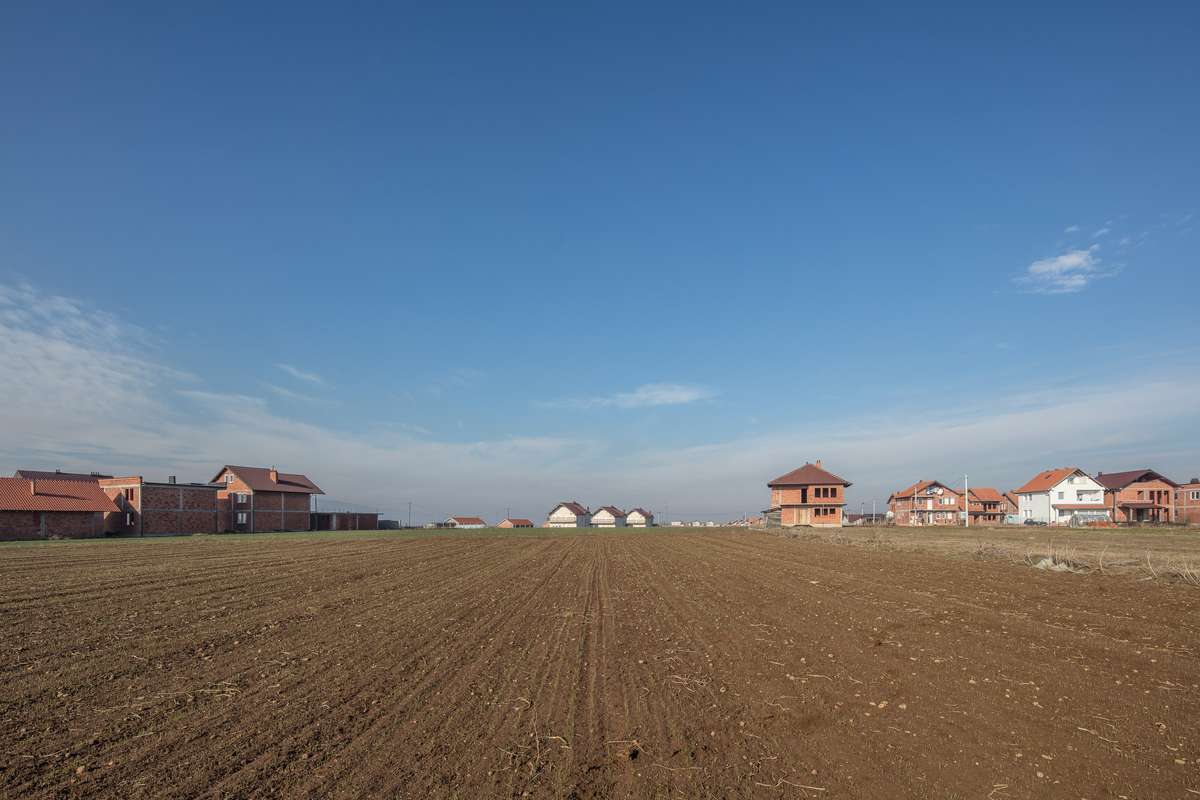
The extreme lack of public institutions, in what could be understood as an anticipated act of deregularisation, creates urban landscapes where productive rural arable lands share space with urban sprawl. Without reliable financial institutions and an affordable mortgage system, buildings are built in phases relying on savings and remittances from the diaspora.
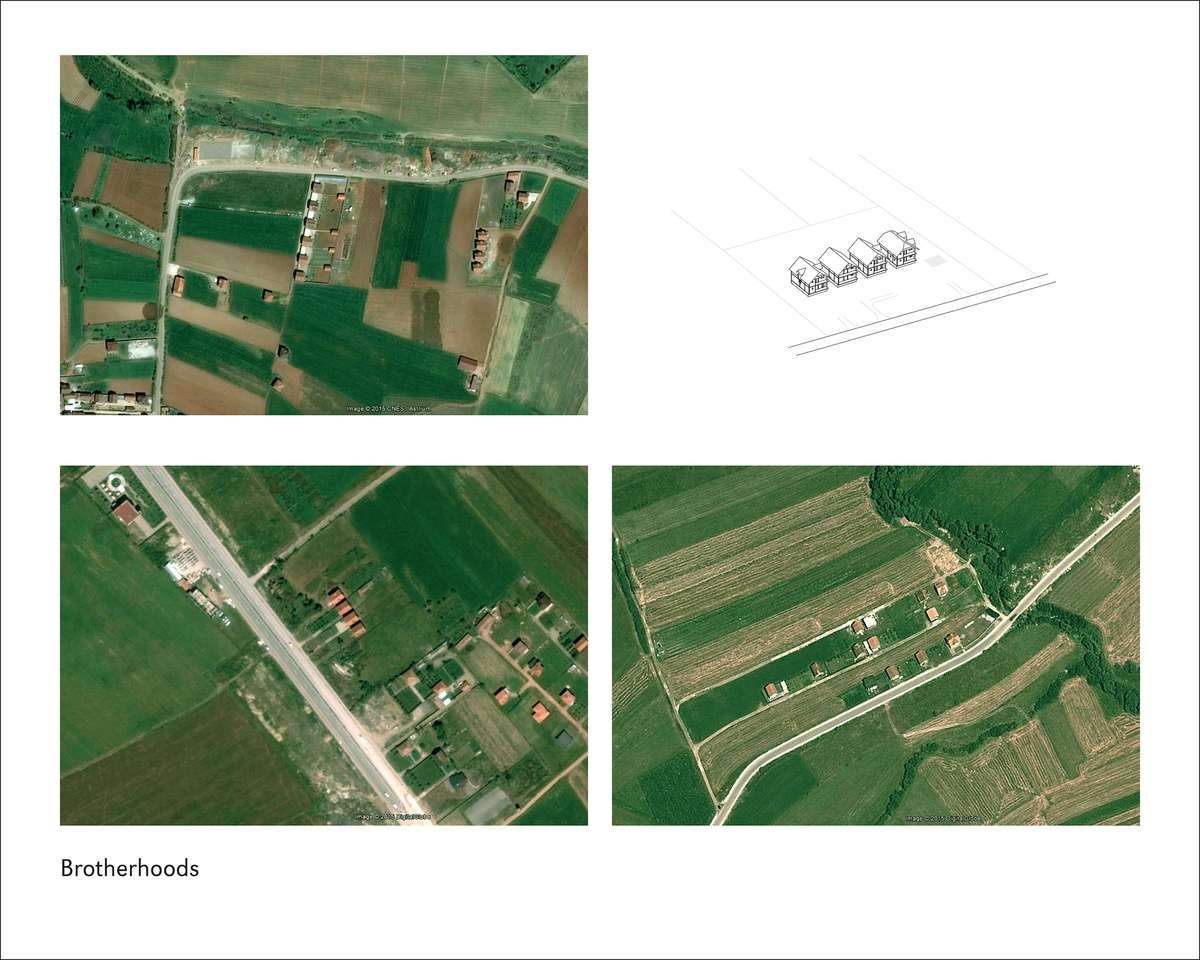
The family unit becomes the main agent of real estate development. The number of houses in each lot corresponds to the number of brothers.

“So we have two dreams. We have the dream of the village, and we have the dream of the city. Now we have these two elements out of those two dreams. If we combine those two dreams, then we have the sprawl. And at the end, nobody is happy.” Christian Schmid

The competitive federal tax system of Switzerland has brought as a consequence the densification of traditionally rural cantons with lower taxes, even if many of these multi-storey constructions are only meant to be a “physical address”.
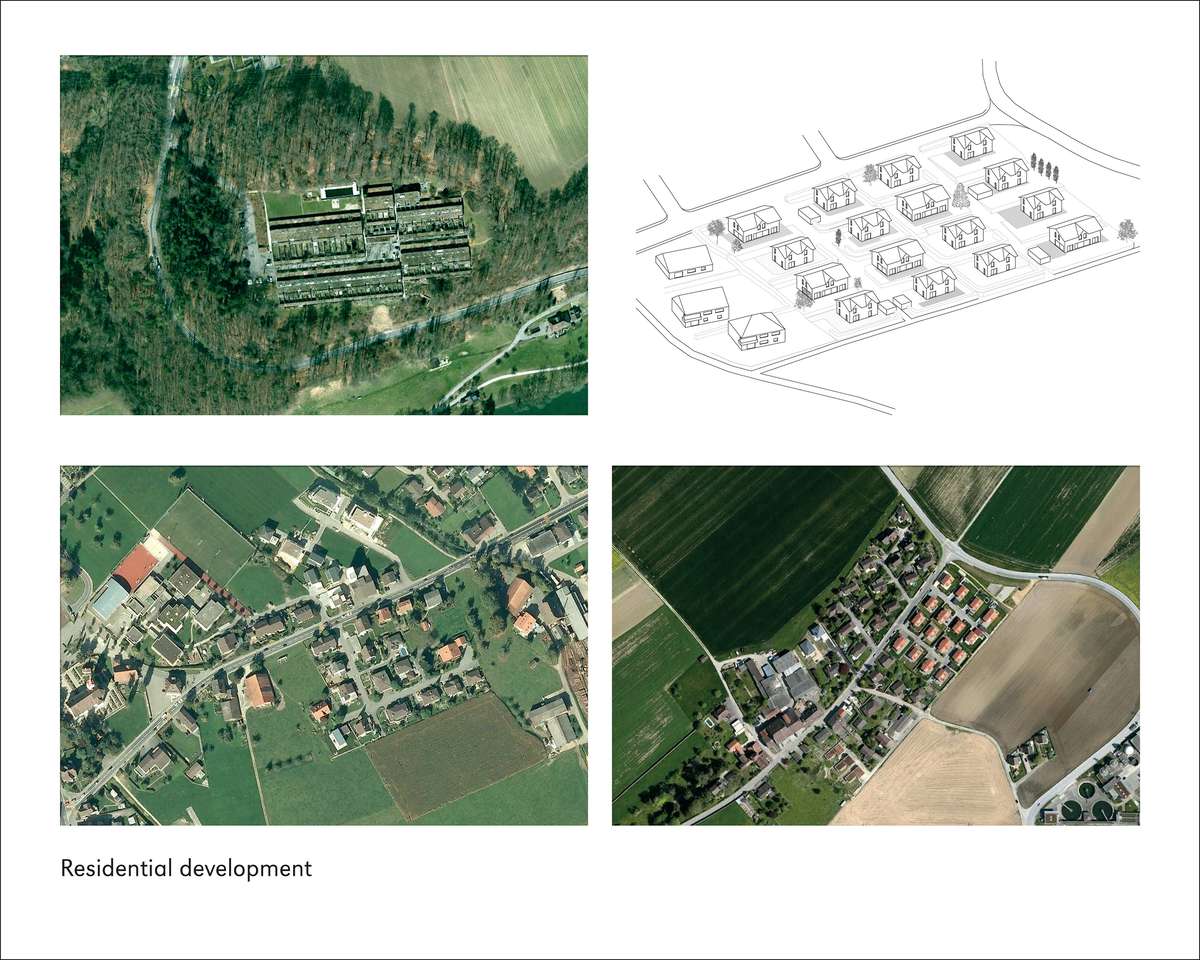
Nonetheless, there have been interesting architectural projects in the past, such as Siedlung Halen by Atelier 5, that have brought some of the qualities of the urban fabric into the suburban space.
Parallel Sprawl
Parallel Sprawl

With city centres all over the world succumbing to land grabbing through tourism and global capital, more and more pressure will be exerted on their surrounding territories in the form of urban sprawl. While too often neglected, when not derided by the architecture discipline, this middle landscape is the arena where the struggle for the future of human habitation will be fought.
By looking into two diametrically opposite case studies in the European continent (but both outside of the European Union), one extremely rich, the other extremely poor, we’re anticipating the conditions in which the future architects will need to operate given the ramping shrinking of public institutions and the ongoing project of inequality, in order to remain relevant.
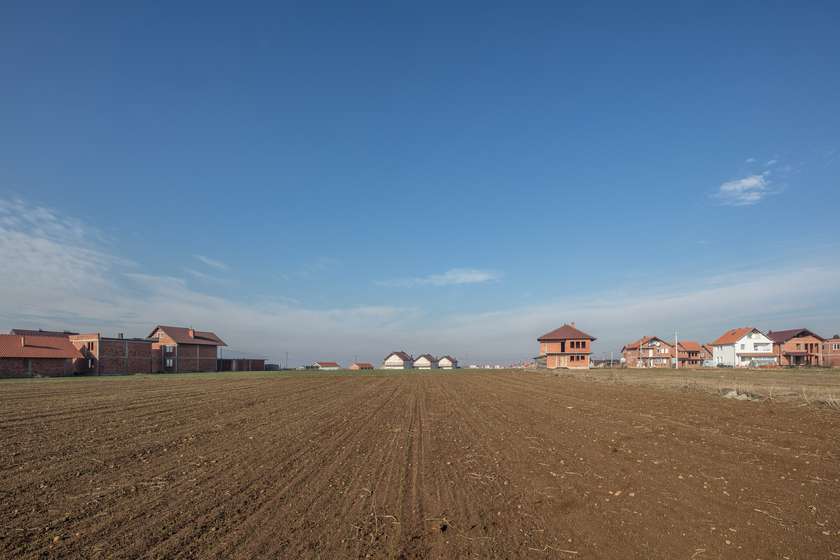
The extreme lack of public institutions, in what could be understood as an anticipated act of deregularisation, creates urban landscapes where productive rural arable lands share space with urban sprawl. Without reliable financial institutions and an affordable mortgage system, buildings are built in phases relying on savings and remittances from the diaspora.

The family unit becomes the main agent of real estate development. The number of houses in each lot corresponds to the number of brothers.
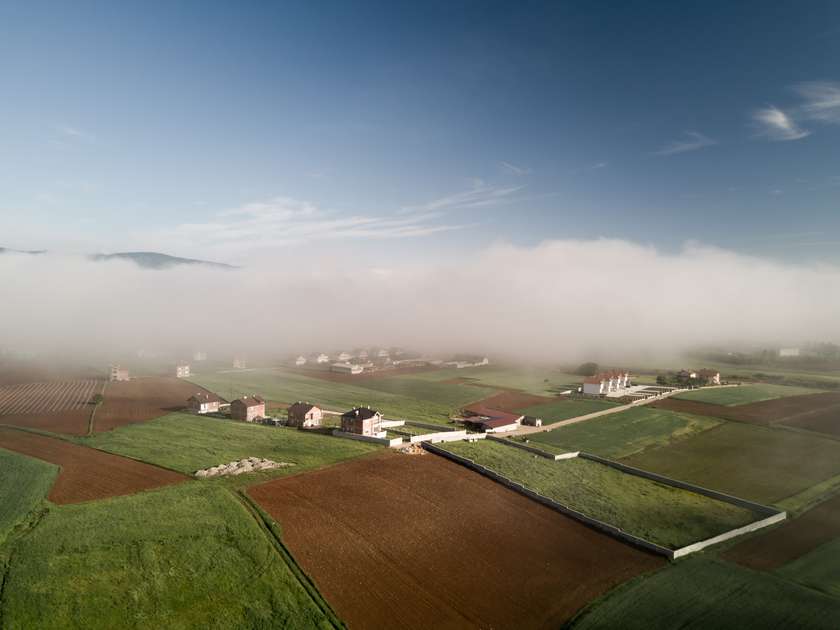
“So we have two dreams. We have the dream of the village, and we have the dream of the city. Now we have these two elements out of those two dreams. If we combine those two dreams, then we have the sprawl. And at the end, nobody is happy.” Christian Schmid

The competitive federal tax system of Switzerland has brought as a consequence the densification of traditionally rural cantons with lower taxes, even if many of these multi-storey constructions are only meant to be a “physical address”.
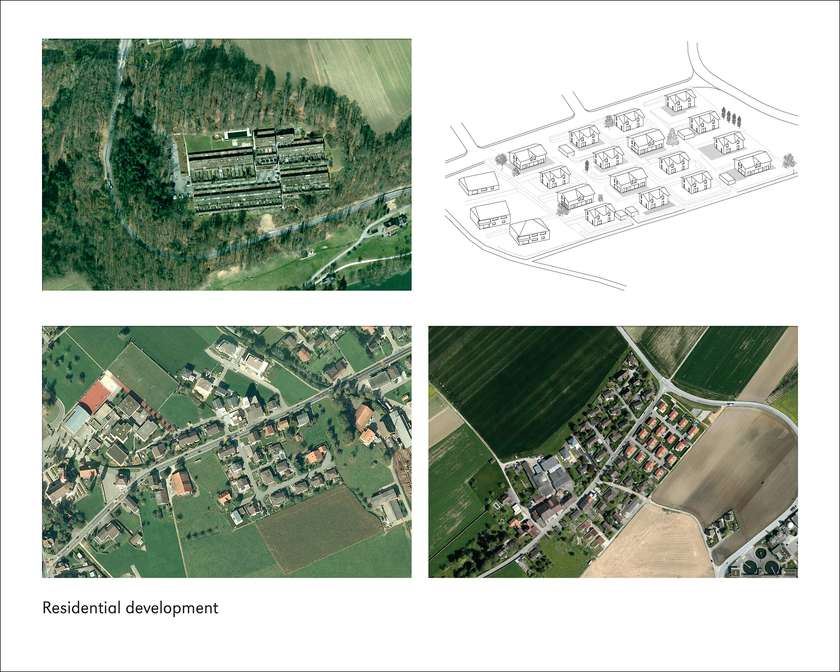
Nonetheless, there have been interesting architectural projects in the past, such as Siedlung Halen by Atelier 5, that have brought some of the qualities of the urban fabric into the suburban space.
